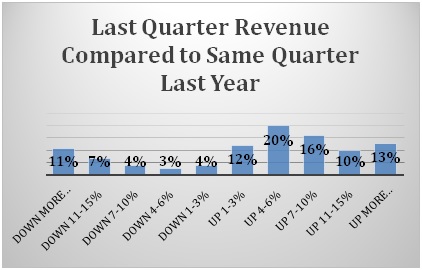Edge Computing Successfully Tested on a Live 5G Network

Feb 17, 2019
At Verizon’s newly formed 5G testbed in Houston, engineers recently performed a facial recognition test using a Multi-access Edge Compute (MEC) in the network facility with MEC platform software and using a centralized data centre. They were able to successfully identify an individual twice as fast using the MEC, proving that analyzing information right at the edge of the network where the application was being used made a significant difference in the time to deliver the experience.
According to a press release from Verizon, this test paves the way for next generation network experiences.
“To achieve near-zero latency, where data moves many times faster than the blink of an eye, having computing functions closer to the user is a vital step,” says Adam Koeppe, Verizon’s Senior Vice President for Network Planning. “With this test, we have shown how much of an impact the move towards a MEC-based network architecture can make.”
Edge computing reduces the distance that information needs to travel between a wireless device and the compute infrastructure with which that device’s apps are interacting. Although the distance is travelled in mere milliseconds and is really not noticeable most of the time, in a future where cutting edge innovations like self-driving cars and remote-controlled robotics are envisioned, having near-zero latency is even more critical. This is a future where near zero latency is needed and every millisecond matters.
Wireless network speed concept speedometer 5G evolution 4g difference between 5g 4g LTEAs 5G rolls out in 2019, there is likely to be a rise in wireless applications that are heavily dependent on low latency. Low latency is huge for today’s online gaming and video streaming applications.
Vivid immersive Virtual Reality (VR) requires accurate syncing of video playback with the physical movements of the user. Any lag, even a small lag, can lead to indiscernible differences between what a user sees and experiences, which is why some people get dizzy or nauseous when using VR. Super low latency will ensure there is no lag time.
Lower latency is just one benefit of MEC technology. It promises increased reliability, energy efficiency, peak data rates, and the ability to process more data through more connected devices as well.
Does your organization have a need for speed?
Edge computing brings the computing power closer to the network, significantly reducing lag time, while a 5G network enables faster mobile speeds. The duo has unlimited potential in a variety of industries. That’s why IEEE offers training programs in 5G, coming soon to the IEEE eLearning Library, and IEEE Introduction to Edge Computing, a five-course program now available. Connect with an IEEE content specialist today and don’t let your organization be left behind!
This article was first published online by IEEE, the world’s largest technical professional organization dedicated to advancing technology for the benefit of humanity.











